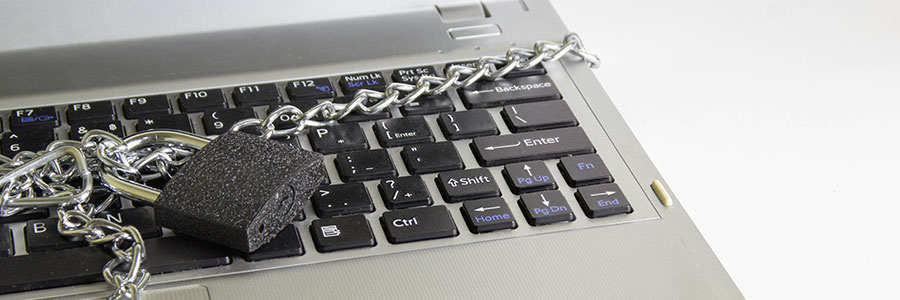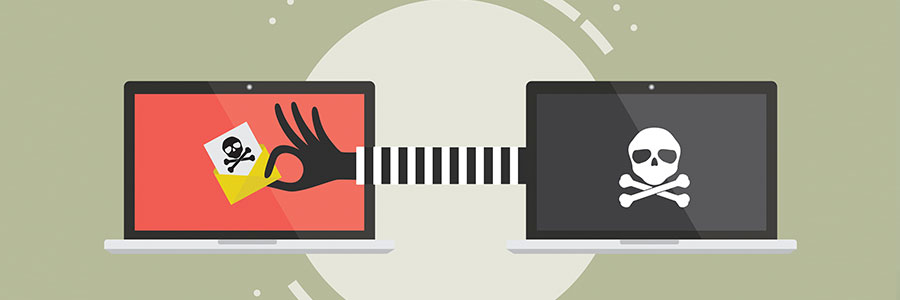From cloud hacks to malicious macros, hackers are becoming more creative in how they breach Microsoft Office. And although Microsoft releases security patches as soon as vulnerabilities are discovered, there’s a new hacking technique that allows cybercriminals to slip past traditional threat detection tools.
New Office attack method puts users in danger
Mobile devices and healthcare businesses

Data security and compliance need to be high on the list of any healthcare organization's priorities. Do you have security measures in place to protect your patient data? Is your practice compliant with the HIPAA regulation? If you answered "no" to any of these questions, this article is a must-read.
Equifax sheds light on incident response

What would you do right now if you discover that your business’s database is hacked and a huge number of your customers’ data gets leaked? Speechless, with dismay, but you need to act, decently. In this case, it helps to have a good incident response plan in place, so your business won’t suffer the same fate as Equifax, which is an interesting story we’re about to tell.
IoT in healthcare: Blessing or curse?

The general rule of thumb of cybersecurity is: Anything that connects to the internet can be hacked. With the increasing popularity of Internet of Things (IoT) in the workplace, every business should be on high alert, especially those in the healthcare industry where patients' well-being hinge on the security of the device.
Why your business should get SaaS-y
Microsoft’s latest patch fixes critical Windows security issues

Every month, Microsoft releases a large number of fixes and improvements for Windows. The latest August patch includes fixes for 48 vulnerabilities, with more than half listed as critical. If you’re a Windows user and your desktop is due for a software update, here are the essentials you need to know.
Locky-type ransomware is attacking systems
Mac malware goes undetected for years
Microsoft’s protection plan for Windows 10

Microsoft has created new security features for Windows 10 users. This update is a response to the global outbreak of ransomware attacks such as WannaCry and Petya. While this patch shouldn’t be a substitute for antivirus software and data backups, Microsoft does think its new features can help people defend against current and future threats.





